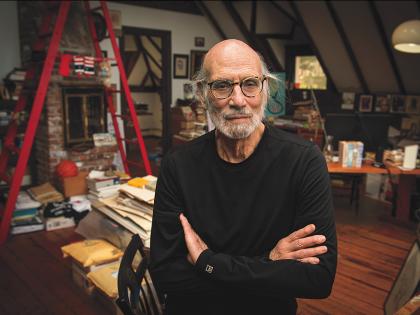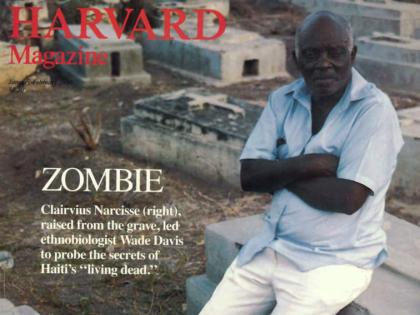The first formal epidemiologic study linking activity to better health took place in the late 1940s, when a researcher in London, Jeremy Morris, and his colleagues compared double-decker bus drivers to conductors. The conductors ran up and down stairs all day collecting tickets while the drivers sat at the wheel. "Morris found that the conductors had lower rates of heart disease," says I-Min Lee, an associate professor at both the Medical School and the School of Public Health. Critics dismissed the study on a variety of grounds, insisting that the other factors it documented lower blood pressure among the conductors, and lower body weight (indicated by the smaller waists of their trousers) could explain the differences in rates of heart disease.
But as evidence for the health benefits of activity mounted, the question became, What sort of exercise is needed? The first official recommendations were formulated in the 1970s: adults were advised to engage in at least 20 minutes of continuous vigorous exercise, three times a week. The goal of these initial recommendations which became the basis for the phrase, "No pain, no gain" was to improve physical fitness. Then, in 1990, a group of researchers investigating physical activity began to question the necessity of working out intensely for health, as opposed to fitness, benefits. They worried that the recommendations had become a barrier to the average citizen, contributing to low rates of physical activity among Americans. An expert panel convened by the Centers for Disease Control and the American College of Sports Medicine reexamined the literature, and in 1995 issued new guidelines, advising every American adult to accumulate at least 30 minutes of moderate-intensity physical activity a day. The idea that you could walk instead of jog and accumulate activity by adding together exercise bouts of at least 8 to 10 minutes each marked a "radical departure," says Lee. "At that time, there was little direct evidence examining the value of moderate- versus vigorous-intensity activity on disease outcomes like heart disease. There were even fewer data regarding the accumulation of physical activity." Researchers (including Lee) began to conduct studies testing the new approach. Their findings have shown clearly that moderate-intensity activity is beneficial against chronic diseases such as heart disease, stroke, and diabetes.
But what does moderate mean? "We can look at intensity in two ways," Lee says, "on either an absolute or a relative scale." Using absolute measures, a 75-year-old man and a 25-year-old man walking briskly at four miles per hour are said to be engaged in identical, moderate-intensity activity. But in a relative sense, the 75-year-old might rate his effort as fairly hard, while the 25-year-old might say the pace was easy. Current physical activity recommendations generally give examples of physical activity that are "moderate" in intensity for most young to middle-aged persons. But, for older people, who tend to be less fit, perhaps even lighter-intensity physical activity can qualify as "moderate."
In fact, the Harvard Alumni Health Study (a study of Harvard College alumni who matriculated between 1916 and 1950 founded by Professor Ralph Paffenbarger, one of the pioneers of epidemiologic studies on physical activity and health) found that when the alumni were in their forties, vigorous exercise predicted greater longevity and lower risk of cardiovascular disease. "As they aged," Lee says, "relative intensity became a better predictor of heart-disease risk."
Is the intermittent approach to activity valid? Lee and her colleagues found in the Harvard study that as long as the energy expended was the same, it did not matter whether the exercise was carried out all at once in a single bout or broken up into several shorter bouts: the greater the energy expenditure, the lower the risk of heart disease.








